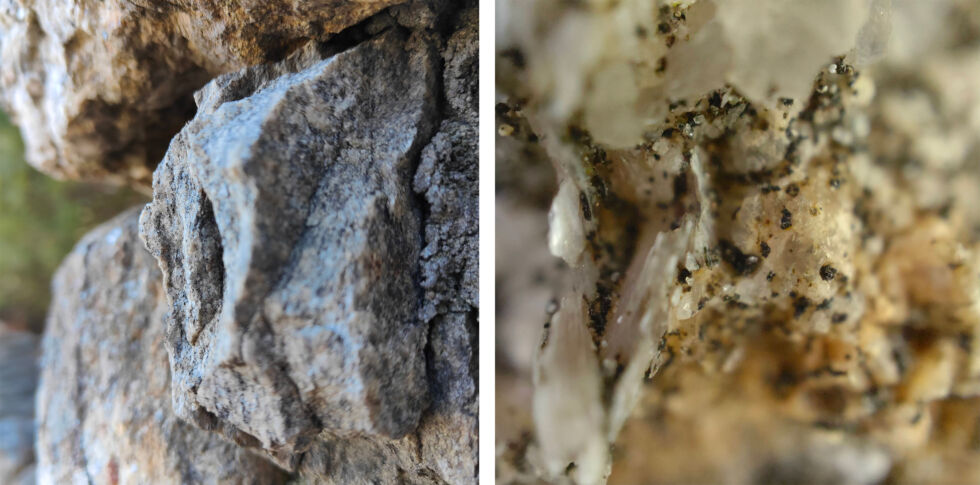The Oppo Find X3 Pro.
OppoThe Front.
OppoThe microscope lens is on the left here, with a big silver ring around it.
OppoA camera exploded view.
OppoThe back is very interesting. The camera bump is molded into the back, and other than circular cutouts for the cameras, the back is a single piece of glass.
OppoThe back glass panel, minus coloring and all the phone bits. It’s one piece!
OppoA full shot of the back.
OppoThe top and bottom.
OppoA teardown render.
Oppo
Modern smartphones have a ton of extra cameras. We’ve seen wide-angle cameras, telephoto cameras, depth cameras, macro cameras, and now… a microscope camera? The new Oppo Find X3 Pro has a “microlens sensor with up to 60x zoom” that can take some interesting super-close-up shots.
We’ve loved the macro cameras that have popped up on some phones, mainly from Oppo’s sister company OnePlus. Oppo’s micro camera sounds like a next-gen version of the same idea. We’re not going to trust a manufacturer’s professionally shot sample pictures, but a few third parties like Android Police have gotten their hands on the phone and turned in some truly impressive pictures that haven’t been possible from a smartphone before.
Like you’d expect, the sample pictures out there all have a very shallow depth-of-field, and it looks like focusing is a challenge. That’s true of regular macro photography, too, though. Most people are doing hand-held shots, and a full tripod-style setup would probably help a lot. The “Micro” camera sensor is only 3 MP, but unlike some of the useless “decorative” 2 MP cameras we see on cheaper phones, this seems to be plenty for a close-up.

For specs, we’re getting a pretty standard 2021 flagship: a 6.7-inch, 120 Hz, 3216×1440 OLED display; a Snapdragon 888 SoC; 12GB of RAM; 256GB of storage; and a 4500 mAh battery. There’s 65 W wired charging, 30 W wireless charging, an in-screen fingerprint reader, NFC, and a USB-C port. For software, there’s Android 11 with Oppo’s “Color OS” Android skin.
The other interesting design element of the phone is Oppo’s camera bump. Rather than smacking on a big rectangle with 90-degree sides that create a step up into the camera module, Oppo has molded the glass to slope up onto the camera bump in one smooth, continuous shape. Even the top of the camera bump is still the same piece of glass, with individual cutouts for each lens. Oppo says it takes 40 hours to make the glass panel.
Oppo generally doesn’t launch phones in the US, so we’ll have to hope something like this comes to a OnePlus phone someday. The phone launches in Europe on March 30 for €1,149 ($1,377).



